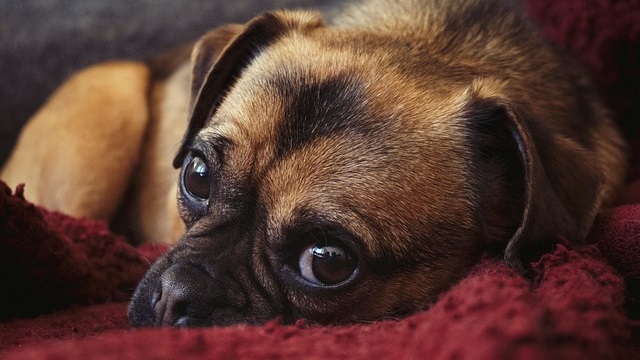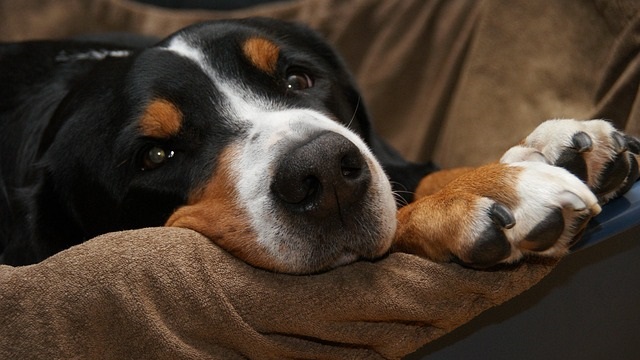You probably recognize this scenario: the soft rhythm of your own breathing is punctuated by the restless shifting, pacing, or even whimpering of your furry friend.
A dog restless at night can disrupt your sleep and leave you feeling concerned about their well-being.
While occasional nighttime activity is normal, persistent restlessness can indicate underlying issues ranging from anxiety to medical conditions.
Maven Pet developed a 24/7 health monitoring solution that helps you track your dog’s sleep patterns and overall well-being in detail, allowing you to identify deviations from their normal behavior that could signal a problem.
In this article, we’re going to talk about the common causes of restlessness in dogs at night, signs that you should be concerned about, and how you can help your dog sleep better.
Common Causes of Restlessness in Dogs at Night

Several factors can contribute to seeing a dog restless at night. Identifying the potential trigger is the first step towards finding a solution:
- Anxiety or Stress: Just like humans, dogs can experience anxiety that manifests as nighttime restlessness. This could be triggered by a new environment, separation anxiety (especially if they’ve been left alone), loud noises like thunderstorms or fireworks, or changes in the household routine. Dog anxiety at night can manifest through excessive pacing, whining, or panting.
- Medical Conditions: If a dog keeps moving around at night, they might be suffering from physical discomfort. Pain from arthritis, injuries, or dental issues can make it difficult for them to find a comfortable position. In the case of an older dog restless at night, cognitive decline (similar to Alzheimer’s in humans) can disrupt their sleep-wake cycles and cause disorientation. Digestive upset, the need to urinate or defecate frequently, or even conditions like hyperthyroidism can also contribute to nighttime disturbances.
- Lack of Exercise or Stimulation: A dog with pent-up energy from a day of inactivity is more likely to be a dog pacing at night. If they haven’t had enough physical exercise or mental stimulation, they may struggle to settle down when it’s time to sleep.
- External Disturbances: Even seemingly minor changes in their environment can disrupt a dog’s sleep. New smells, changes in temperature, the sound of nocturnal wildlife, or even your own tossing and turning can contribute to a dog being restless at night.
When to Be Concerned: Signs of an Underlying Health Issue
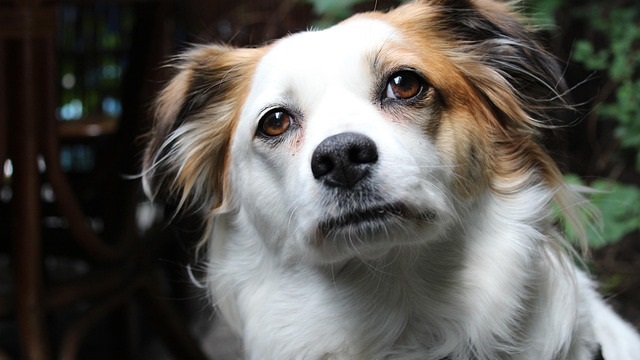
While occasional restlessness is usually benign, it’s important to recognize when it could signal a more serious underlying health problem. Be particularly concerned if your dog’s nighttime restlessness is:
- Frequent or Worsening: If your dog is consistently unsettled night after night, it’s a red flag.
- Accompanied by Other Symptoms: Pay close attention to any other signs, such as excessive panting or heavy breathing when they aren’t hot, whining or whimpering, obvious signs of pain (limping, reluctance to be touched), changes in appetite or water intake, vomiting, diarrhea, or increased urination.
- Marked by Excessive Pacing: While some movement is normal, constant and agitated pacing at night can indicate significant discomfort or anxiety.
How Maven Pet Can Make a Difference
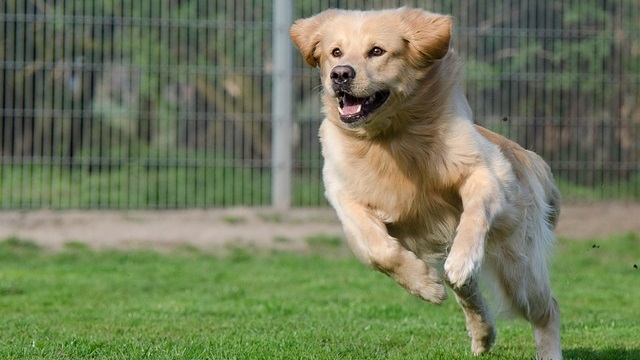
The Maven Pet smart collar can be invaluable in detecting subtle shifts in your dog’s activity levels and sleep patterns.
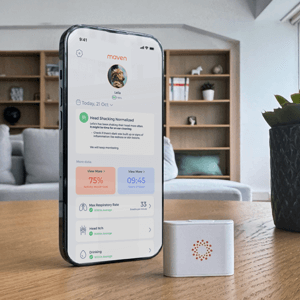
Maven Pet
Health Monitor
#1 Vet-recommended pet monitor! Tracks activity, rest, respiratory rate, water intake, scratching and other health indicators 24/7
By tracking their nighttime movements and rest periods, you can identify deviations from their baseline behavior that might indicate early signs of discomfort or illness.
How to Help Your Dog Sleep Better
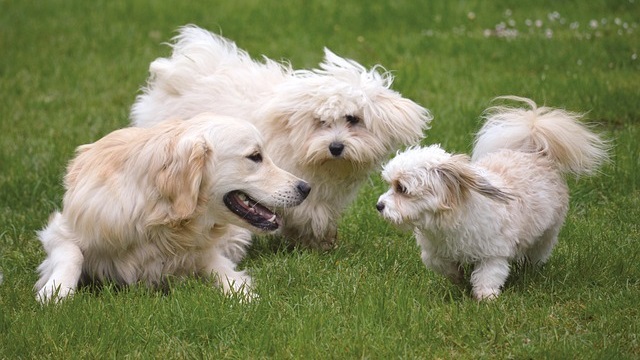
Fortunately, there are several steps you can take to help your dog sleep better:
- Increase Mental and Physical Stimulation: Ensure your dog gets adequate exercise during the day through walks, runs, or playtime. Engage their mind with puzzle toys, training sessions, or interactive games to burn both physical and mental energy, reducing the likelihood of dealing with a dog restless at night.
- Create a Comfortable Sleep Environment: Provide a quiet, dark, and comfortably cool sleeping space for your dog. Ensure their bed is cozy and supportive. Consider using a white noise machine or calming music to mask external disturbances.
- Consider Soothing Techniques: If anxiety is suspected, techniques like using a calming pheromone diffuser or spray, or trying a snug-fitting anxiety wrap, might help reduce your dog’s anxiety at night.
- Establish a Consistent Bedtime Routine: Just like with humans, a predictable routine can signal to your dog that it’s time to wind down. This could include a final potty break, a gentle brushing session, and quiet time together before bed.
- Address Potential Medical Issues: If you suspect a medical condition might be disturbing your dog’s sleep, schedule a check-up with your vet. Addressing underlying pain or health problems is crucial for improving their sleep.
Ensure Your Dog Sleeps Well
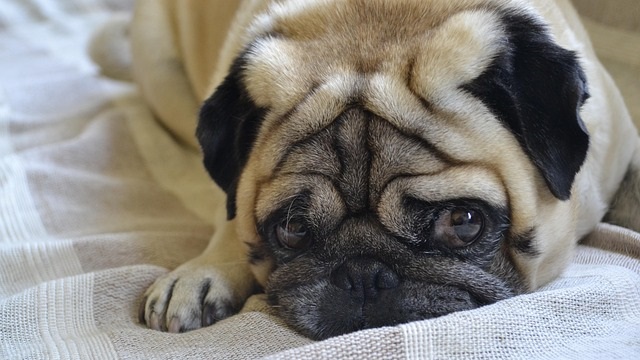
Dealing with a dog restless at night can be frustrating and concerning. But if you take the right preventive steps and leverage Maven Pet’s tracking system, you can help your dog have quiet nights.Proactive monitoring and timely intervention are key to ensuring your furry companion enjoys restful nights and a happy, healthy life. Invest in pet wellness with Maven Pet and gain peace of mind knowing you’re attuned to their needs, day and night.
Maven Pet focuses on improving the quality of life of our pets with technology, using artificial intelligence (AI) to enable proactive pet care. By accurately collecting and monitoring pet data 24/7 and flagging any irregularities, Maven Pet empowers pet parents and veterinarians to stay ahead of potential health issues, ensuring the well-being and longevity of our beloved companions.

